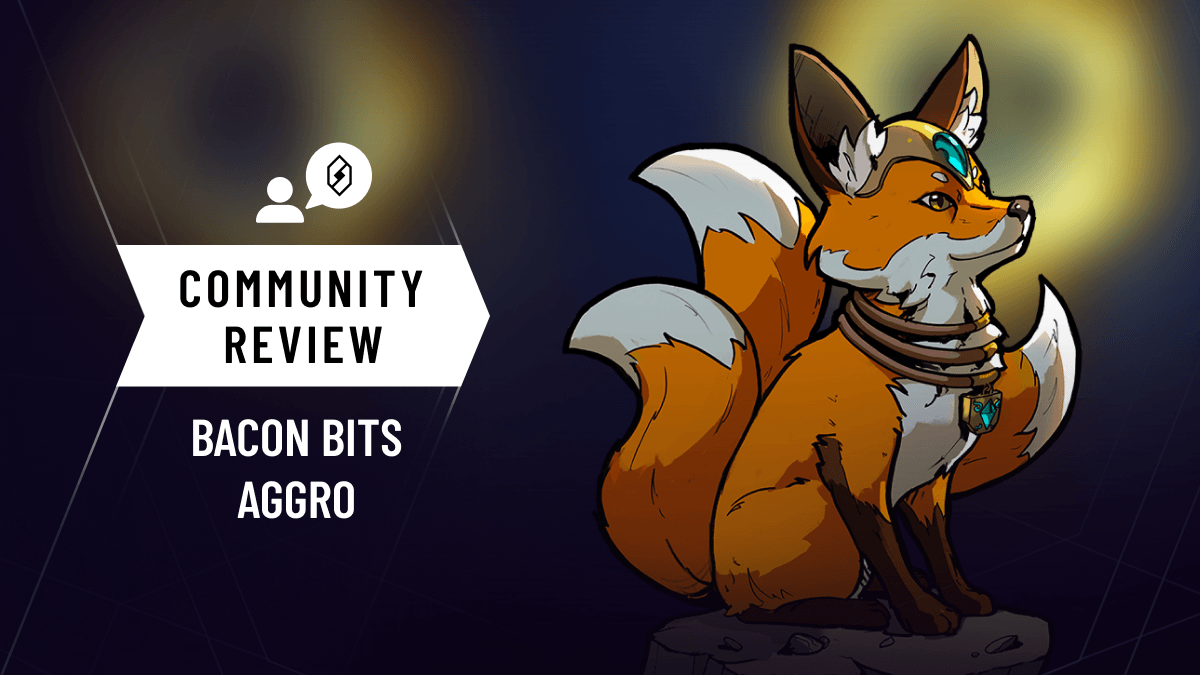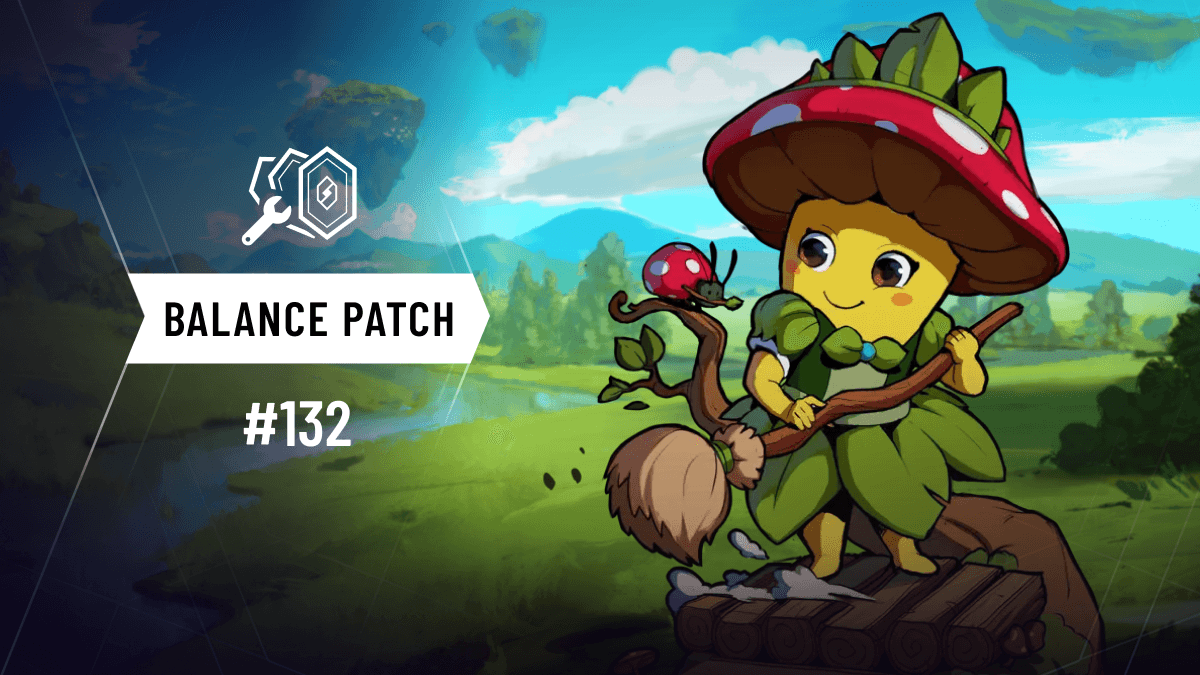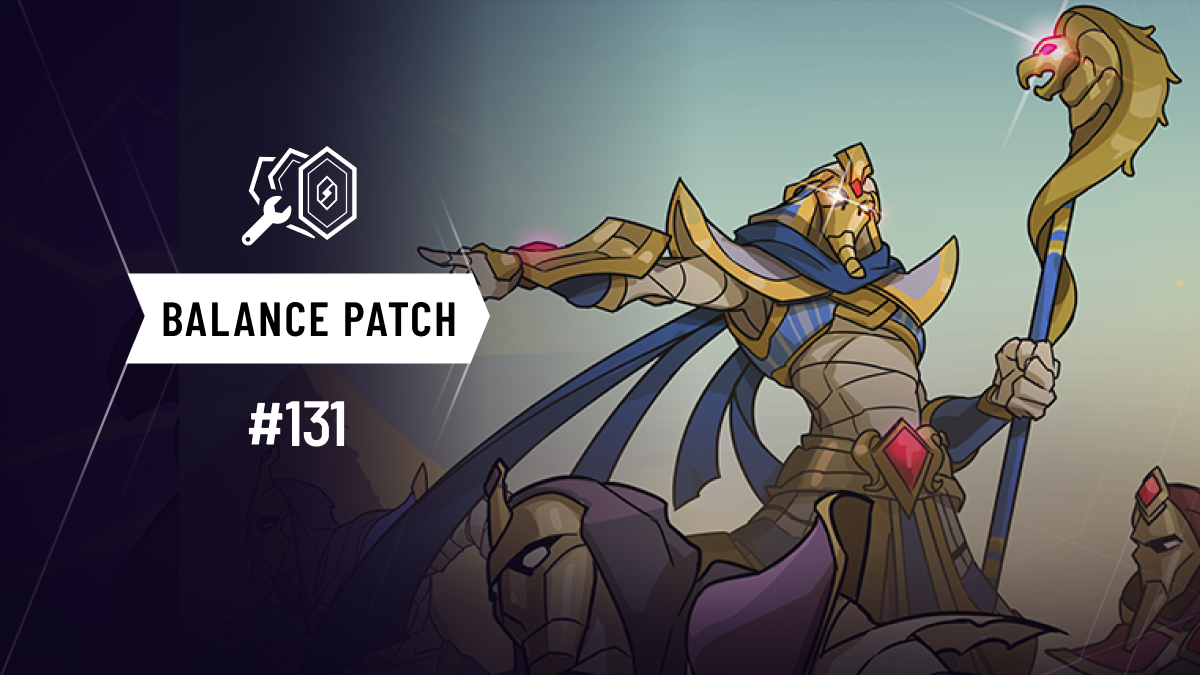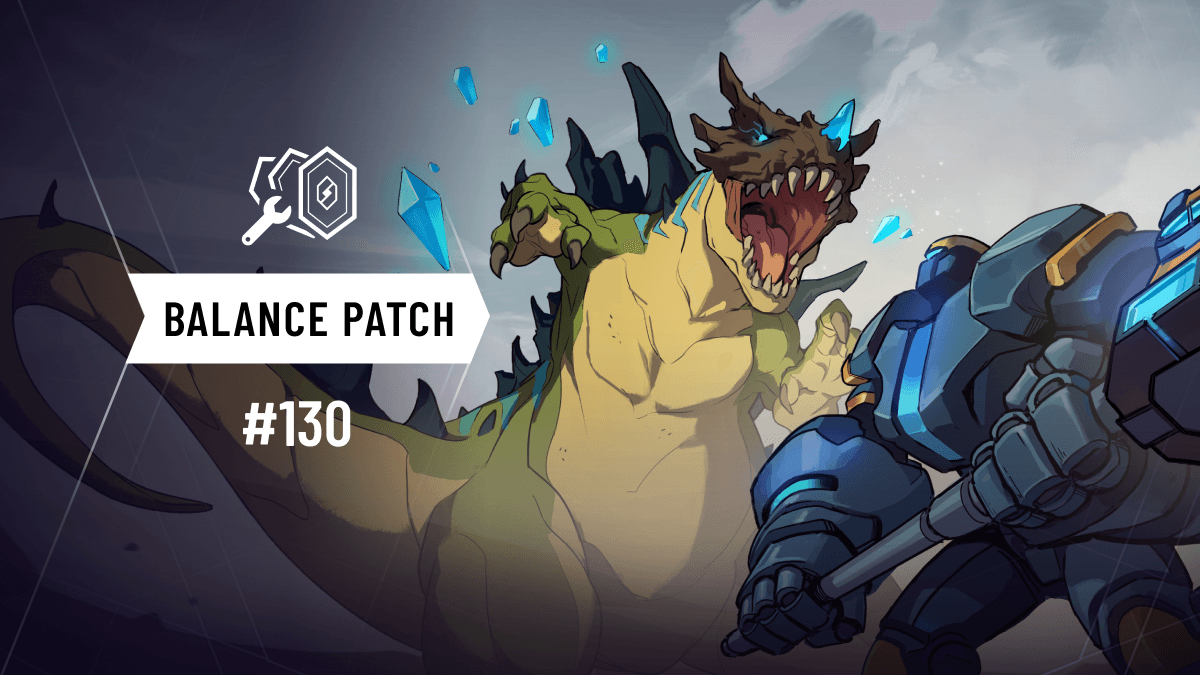Bacon Bits: Aggro
Howdy y’all, Just Add Bacon here bringing y’all a new series called Bacon Bits! A lot of y’all have commented on my articles and their…. “depth”, so I’ve decided to do something new. This is a new series I’m starting that will be focusing on broad concepts, but is also short! That’s right, while the normal article is ~10 pages, these will be no more than 5. Therefore, I’ve got a lot to cover, and little space to do it, so let’s get to it!

Overview
Run Wild

Aggro is pretty much the first archetype anyone plays, if only by virtue of it being the default for a starter deck. However, do not make the mistake of thinking aggro decks to be simple, or any easier than any other general archetype. Rather than simplicity, what generally defines aggro is speed. Aggro decks like to play the game fast, to beat down the opponent’s health, and cheerfully chant slogans like “math is for blockers”.
With this strategy in mind, aggro decks tend to play cheaper units. This doesn’t mean that every deck with cheap units is aggro (many midrange and control decks use cheap units), but few if any aggro decks will run many expensive units. This is because aggro decks are trying to win the game quickly, and to that end they need to secure board control quickly. In Sky, cards like Shogun, Potion Seller, Fox Familiar, Pyrecrafter, and Lupine Microneer are great for this. Notably, all of these have great stats and effects for very little cost, and can also be hard for decks to answer efficiently.
Speaking of efficient answers, another defining feature of aggro decks is that their removal packages are generally geared towards being most effective in the early stages of the game. That isn’t to say that they lack removal in the later stages of the game (in fact, some of the best aggro removal, like Ensnare, Germinate, and Sunder are great throughout all the game), but the majority of their removal will have difficulties answering larger units. For example, spells like Chakram, Lightning Vial, and Soul Drain are quite powerful in the early game, but are much less effective at addressing units like Mighty Steed.
Aside from these things, there are a few other traits of aggro that make the archetype distinct. For starters, aggro decks often run either burn options or finisher units, but not usually both. In either case, the goal is to have ways to close out the game even if the user loses board control towards the end. If the early game was good enough, the opponent should be low on resources like health, which allows well placed burn damage to steal games away. Aside from this approach, another strategy is using finishers, which are capable of closing the game on their own merits. In the burn category, strong options are things like Drillbot, Kha’s Wrath, and Tiamat’s Rage, and finishers count units like Fren-Z.
Theory
Tactician

So why does aggro emerge as a strategy? Fundamentally, it comes down to a concept called tempo. Tempo is too complex to fully discuss in this article, but in short it can be thought of as the speed of the game. Aggro decks capitalize on tempo to realize card value and advantage, and they create this tempo advantage by exploiting the limited mana available to players. At the early stages of the game, players have very little mana to make plays with, placing a constraint on the cards they may use. Sure, they might have something that wins the game on turn 10, but on turns 1-9 that’s just a wasted card. Aggro decks capitalize on this with their high density of cheap cards; at the early stages of the game, they give themselves more options than the opponent, and generally have higher quality options as well.
Thus, aggro decks try to win the game before it really begins. By using cheap, dangerous units before the opponent can address them, aggro players pull the rug out from under their opponent by invalidating their best cards. When done successfully, aggro players may carry this advantage throughout the game, using the gains from previous turns to fuel the gains on the next, snowballing until the opponent is completely overwhelmed.
Shortcomings
Burn Out

All of this said, aggro’s very approach to the game is also its most frequent inhibitor. Because it focuses so heavily on cheap, efficient cards, and must be the aggressor to win games, aggro tends to lose longer games. In these games, more powerful cards come online, and adept players can use the spikes in power to reverse the game. Board wipes–like Burninate, Seal of Doom, and Extinction Event–can reset the board, and thus eliminate the tempo aggro has built up. Without its snowball rolling, aggro’s cheaper units will simply have a harder time matching up against more midrange statlines.
Additionally, aggro tends to do worse when control’s removal is good, for what I hope are obvious reasons. If player A must actively win, and player B must simply avoid losing to win by default, then player B does best when they can cleanly trade removal for A’s units, dragging the game on to a later point. However, aggro is caught in a dilemma with this, as it also relies on efficient removal to contend with opposing aggro decks, midrange decks, and unit heavy control decks. This reinforces its reliance on cheap units, which are generally more resistant to removal, and further weakens its late-game prowess. This is not the end of the world for aggro though, as it can simply avoid the issue of its weak late-game by winning before the late-game arises.
Finally, aggro decks tend to lack raw draw power, although they still have good means of value generation. Units that replace themselves (Floaters), payoffs (cards with Glory), and tempo-efficient draw (Cross Reference, Firesight) allow aggro decks to maintain a stream of cards, although don’t expect it to last forever.
In Practice
Kha’s Wrath

In Skyweaver, the primary aggro prisms are Strength and Agility, although any prism may enable an effective aggro strategy. Fox Metal is the clearest candidate, featuring both the Strength and Agility prisms, although it has unique tools for addressing aggro’s weaknesses. Fox Metal uses elemental synergies to buff powerful metal units like Buster, Squire, Xero, and Griff Scout. Why metal units? Well, many metal units carry armor, which already makes them more resistant to removal. After an extra point of health (Glorious Mane, Jungle Guide), many armor units become quite difficult to remove, allowing them to more reliably press damage into the opponent’s hero. Fox also has access to useful top-end options like Drillbot, Honor Guard, and Mighty Steed, which helps forestall its diminishing late-game.
Aside from Fox, the newest paradigms for Aggro are Titus and Iris, who both use Wisdom’s powerful spells to great effect. Wisdom powesses powerful removal options like Matchstick’s Scorch, Xavi’s Hyper Beam, and Incinerate. These tools allow the hero to burst through targets, while buff options like Shield Bash and Glizzies allow it to rapidly mount pressure. Finally, Wisdom’s strong draw options, like Hydrate, Xavi, Turn the Tide, and Giza allow it to more rapidly hurl cards at the opponent, overwhelming them with sheer numbers and plowing through A.o.E. (Area of Effect) spells.
Conclusion
Epic Eagle

Aggro is a fascinating approach to card games, and personally one of my favorites. Its aggressiveness creates interesting dynamics, and the ticking clock on the aggro player creates suspense as they try to win before it's too late. At the same time though, aggro players have many challenges, including strong removal, losing board control, and maintaining the resources necessary to fuel their aggression. These can be overcome of course, but aggro players will need to be creative to do so.
In other news, I hope you enjoyed this little detour from the norm! Writing shorter stuff is definitely new for me, but I’m not strictly opposed to it, especially if y’all get more out of it. Additionally, I’ve got ideas for several of these, and something being covered here doesn’t exclude it from a later deep-dive, so let me know what you think. I don’t foresee these replacing my normal long-form content, but nothing is set in stone. Until next time, see y’all in the Sky!
Join the Discussion! 🎙️
To chat with the rest of the community and the Horizon team, join our Discord server! Subscribe to our subreddit to share your ideas, and be sure to follow us on Twitter or Instagram! Also—we’re on TikTok too!
Skyweaver is in Open Beta. You can play for free at play.skyweaver.net or download the game on Windows, Mac, Linux, IOS, and Android!

Recent Posts














